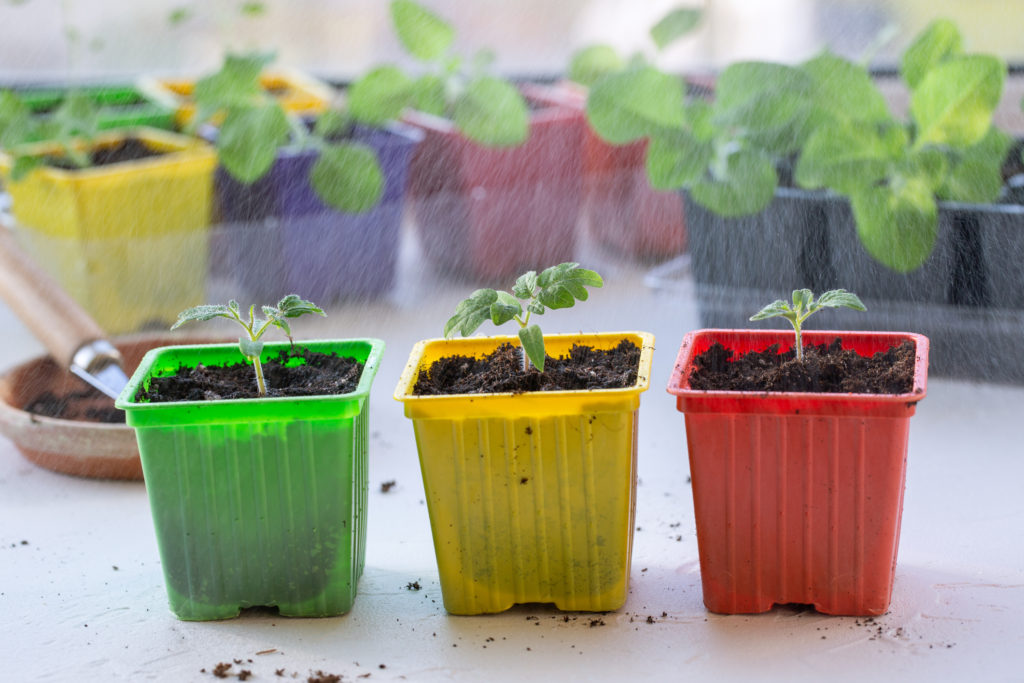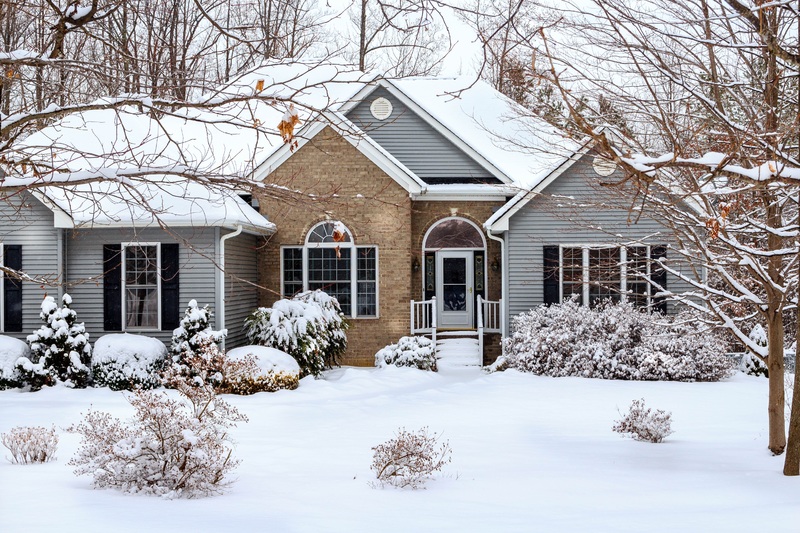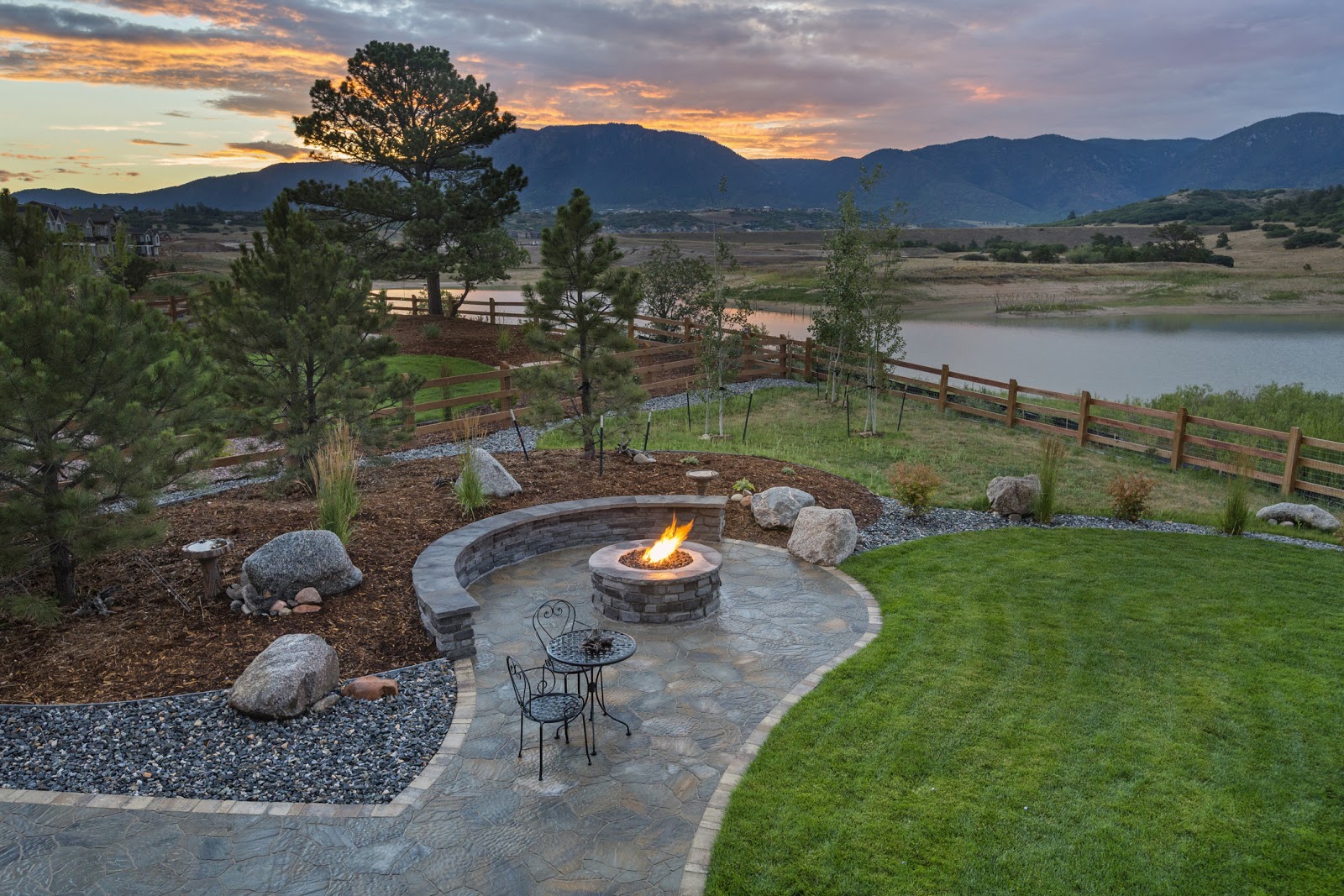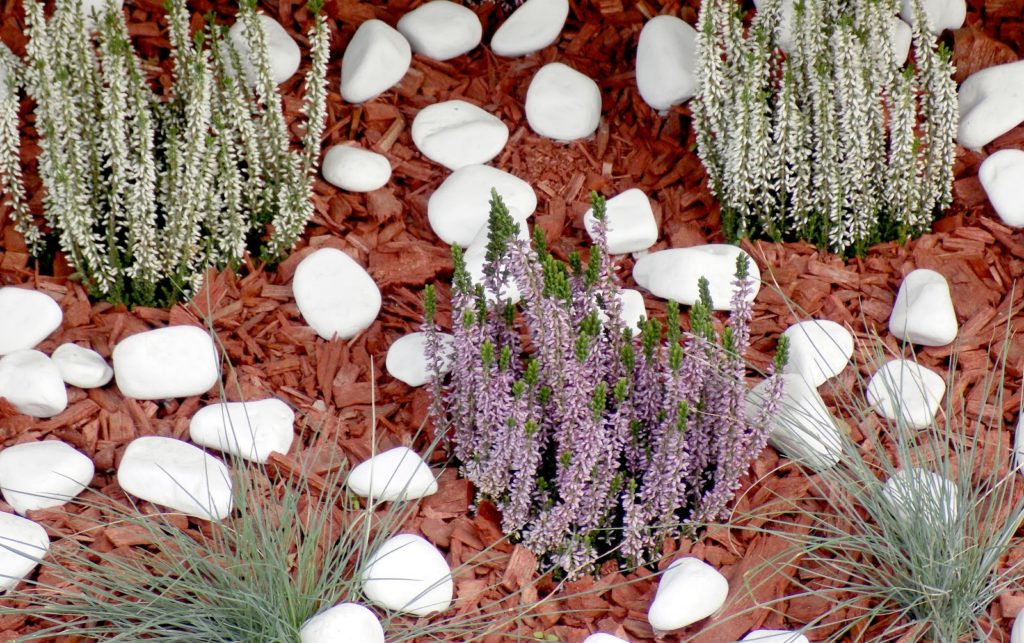
Garden waste is a very common problem and to reduce the amount that we produce, households have been urged to upcycle items rather than throwing them away. The great thing about this is that you can upcycle just about anything and place it into your garden. Doing so, not only will help you save money along with the environment, but it can also be a unique project that can show your personality for others to see. Plus, you don’t have to be a green-fingered garden pro or a DIY expert to do this. Take a look at some easy upcycling tips that anyone can try.
Plant Pots
Almost anything can be turned into a plant pot. You can use a wheelbarrow which is no longer working or even old boots that you planned on throwing out. Simply fill them with soil and then plant seeds or flowers straight into them and it will help give your garden personality while also reducing waste.
Pallets
An easy way to create your own organized and healthy garden is by making your wooden pallet. Now, you can purchase these at any garden center, but making them on your own is just as easy and will be much more useful moving forward. The best part is that the rows created by the wooden slots will make sure weeds do not grow amongst your flowers and plants. Also, if you want to get creative, you can use these pallets for a variety of other purposes. For example, you can use them for benches, storage boxes, and even outside tables.
Jam Jars
Are you unsure what to do with your empty jam jars? All you have to do is give it a rinse with hot water to sterilize it and remove the labels. Then, you can get creative and paint the jar and place it outside as a nice outdoor decoration. If you want something simpler, you can use them at home and place freshly-cut flowers inside them.
Tiles
Do you have any spare tiles lying around your house? They would be perfect to create garden labels. All you need is to use pens to write or draw what you are planting in the soil, stick the tiles to lollipop sticks and then you can put them into the soil. You can also do this with any slate or even old cutlery.
Tires
A very common challenge comes in figuring out what to do with tires from old cars. A great suggestion would be to stack them to create a deep plant pot, cut them in half and then place them amongst the soil to create a unique adventure playground for your children. You can also use them as a break between grass and borders.
These are just a few simple ways you can use everyday items around the house to spruce up your yard. For more landscaping needs, feel free to call Giovine Landscaping at (973)-325-1758!







